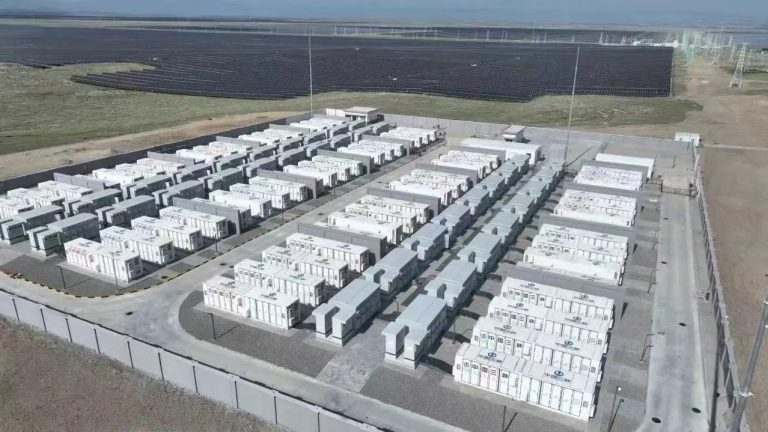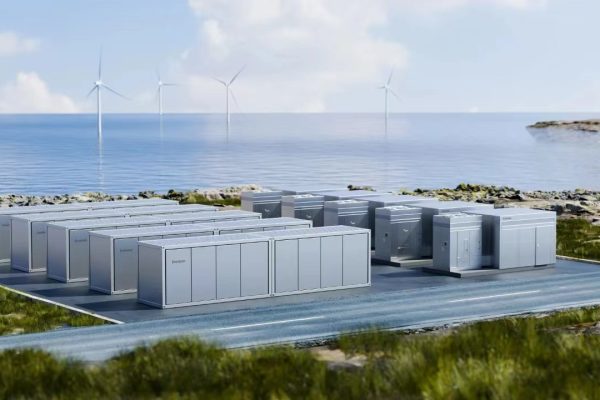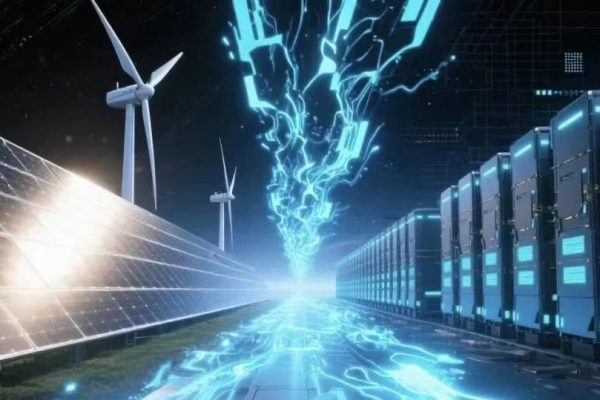As more communities, campuses, and industrial parks explore PV + Energy Storage (ESS) microgrids, one challenge often comes up: how to balance limited renewable generation with growing electricity demand. This is where Demand-Side Management (DSM) plays a key role. By actively managing when and how loads consume energy, DSM ensures microgrids run efficiently, reliably, and at lower cost.
This article breaks down what DSM means in the context of PV+ESS microgrids, why it matters, and how project developers can implement it.
1. What Is Demand-Side Management (DSM)?
Traditionally, utilities have managed supply—ramping up power plants to meet demand. But in microgrids, especially those based on solar and batteries, supply is variable. DSM shifts the focus to controlling demand instead of always chasing it with more generation.
In practice, DSM involves:
- Load shifting: moving energy-intensive activities to times of high solar output.
- Peak shaving: reducing or delaying loads during peak demand to avoid battery strain or diesel backup.
- Load prioritization: ensuring critical systems (e.g., medical equipment, refrigeration) get power first.
- Automated control: using EMS to adjust loads in real time.
2. Why DSM Matters in PV+ESS Microgrids
a) Maximizing Renewable Use
DSM ensures solar energy isn’t wasted. By aligning demand with PV peaks, microgrids reduce reliance on diesel or costly grid imports.
b) Extending Battery Life
Avoiding deep discharges during demand peaks protects battery health and reduces replacement costs.
c) Reducing Costs
For commercial and industrial microgrids, DSM helps cut demand charges, which are often a big part of the utility bill.
d) Improving Reliability
When loads are intelligently managed, the microgrid is less likely to face blackouts, even during cloudy days or unexpected surges.
e) Enabling Scalable Growth
As more users or facilities are added, DSM makes it possible to expand without immediately needing oversized storage or PV.
3. Practical DSM Strategies for Microgrids
- Time-of-Use Scheduling
- Encourage or automate energy use (like EV charging, pumping, or washing) during midday PV peaks.
- Tiered Load Management
- Classify loads as critical, essential, or deferrable. During shortages, non-essential loads are curtailed first.
- Incentives for Users
- In community microgrids, offer lower tariffs for off-peak usage to encourage behavior change.
- Smart Appliances and IoT
- Connect appliances, HVAC systems, and lighting to EMS so loads can be adjusted automatically.
- AI-Enhanced Forecasting
- Use weather and load prediction to plan DSM actions ahead of time, not just reactively.
4. Examples in Action
- Island Microgrids: Refrigeration and water pumping scheduled during solar surplus hours reduce diesel reliance.
- Industrial Parks: Heavy machinery use shifted away from evening peaks avoids high demand charges.
- Community Projects: Households get time-based tariffs, encouraging laundry and cooking during solar hours.
5. Challenges to Consider
- User Acceptance: People may resist load shifting if it feels like a loss of convenience.
- System Complexity: Too much automation without clear communication can cause confusion.
- Regulatory Hurdles: In some regions, tariff-based DSM may require approval.
- Upfront Investment: Smart meters, EMS, and IoT devices add costs to microgrid projects.
6. Best Practices for Implementing DSM
- Keep It Transparent: Show users how DSM saves them money.
- Combine with Storage: DSM + ESS gives flexibility that DSM alone cannot.
- Start Simple: Begin with load scheduling before scaling to AI-driven automation.
- Use Open Protocols: Ensure appliances, EMS, and meters can communicate across brands.
- Educate Users: Community training builds trust and compliance.
7. Looking Ahead
As microgrids become smarter, DSM will shift from manual scheduling to AI-powered optimization. Systems will predict tomorrow’s solar curve, pre-charge batteries, and automatically schedule loads—all with minimal human input.
For developers and integrators, DSM isn’t just a technical add-on. It’s a core strategy for making PV+ESS microgrids cost-effective and scalable.
Demand-Side Management is not about forcing users to consume less—it’s about consuming smarter. In PV+ESS microgrids, DSM aligns energy demand with renewable supply, reduces operating costs, and improves long-term system sustainability.
By combining intelligent load management with modern EMS tools, small and medium-scale microgrids can deliver reliable, affordable, and clean power where it’s needed most.









